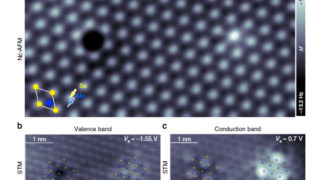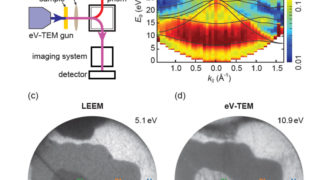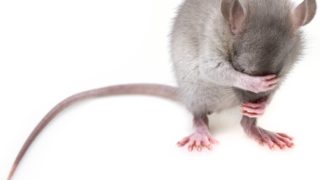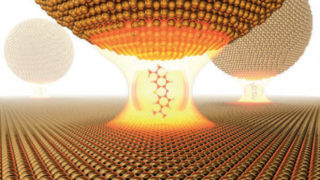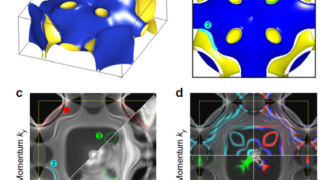
A common formation mechanism for star clusters over all mass scales
A star cluster is a group of stars that are sufficiently close to each other for them to be physically associated. Stars belonging to the cluster are formed together from the same cloud of interstellar gas and have approximately the same age and initial chemical composition. Because of this, and sin the stars in a […]

